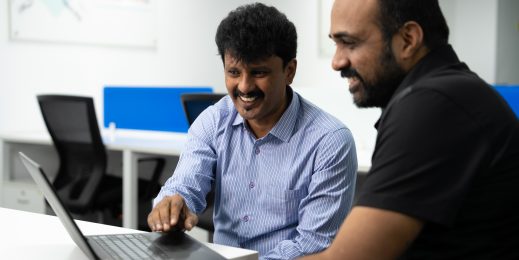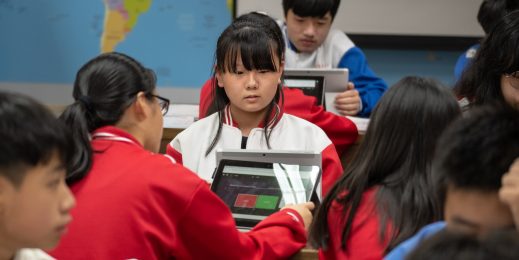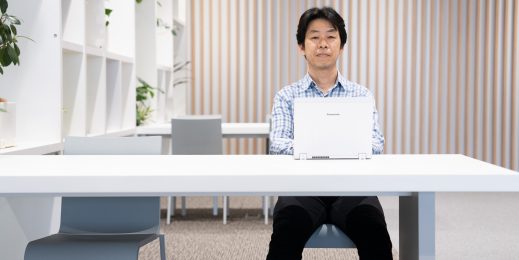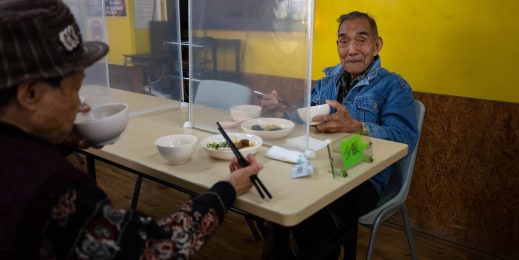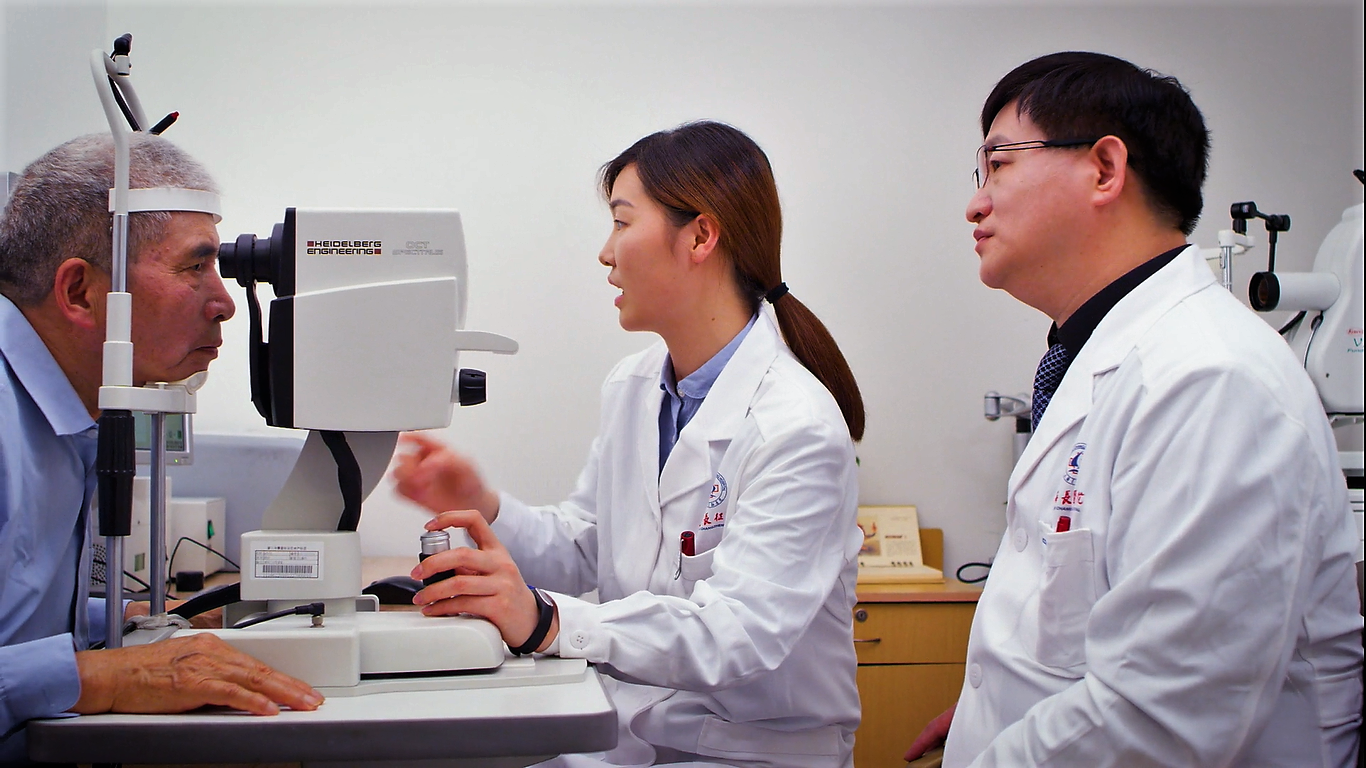
AI and preventative healthcare: Diagnosis in the blink of an eye
Let artificial intelligence (AI) look into your eyes. In less than a second it can check for potential medical problems and it might just save your life.
Airdoc, a fast-growing start-up in China with a global mission, has created an AI-driven system that takes and analyses photographic images of the retina at the back of each eyeball. From this data, it seeks out the telltale signs of dozens of chronic illnesses and conditions such as diabetes, hypertension, arteriosclerosis, optic nerve disease, high myopia, age-related macular degeneration, and many more.
Painless, low-cost, and automated, it has a higher accuracy rate on finding indications of diseases on retinal images than slower conventional diagnoses by doctors. As such, it has the potential to make preventative healthcare available to millions of people, not just in China, but around the world.

“We are using an algorithm in the cloud to save the lives of people who don’t even know they have serious medical problems,” says Ray Zhang, who founded Airdoc four years ago.
Doctors have long examined the retina not just to gauge the health of the eye, but also for signs about the rest of the body. Knowing this, Ray put together a team of like-minded IT engineers who amassed data from the pixels of thousands of retinal scans and created an algorithm. With the power of Microsoft Azure’s machine learning capabilities, they set about teaching it how to look for tiny signs of disease like specks, spots, discoloration, deformed blood vessels, and other abnormalities.
“We found that Microsoft has the most advanced cloud infrastructure to do this,” Zhang said. “We have been working with the Microsoft machine learning team very closely. Training deep learning models in Azure is very easy.” Patient data is also kept secure and confidential by Azure, which is “mission-critical to our service level for our customers.”
In his office in suburban Beijing, Zhang proudly demonstrated the physical part of Airdoc’s system – a small desktop device that looks similar to a scanner a neighborhood optometrist might use for a routine eye exam.
You sit on a stool, lean forward, place your chin on a padded brace, and stare into the darkness of an eyepiece. The algorithm then takes over, precisely adjusting the angle of your head until a green cross comes into focus in the gaze of your right eye. A moment later there’s a bright, but not uncomfortable, flash of white light. The process is repeated for your left eye.
The machine has just taken high-resolution medical-grade images of both your retinas. It instantly sends them to the cloud where it takes 20 to 30 milliseconds (about the same time as an eye blink) of computation to analyze both.
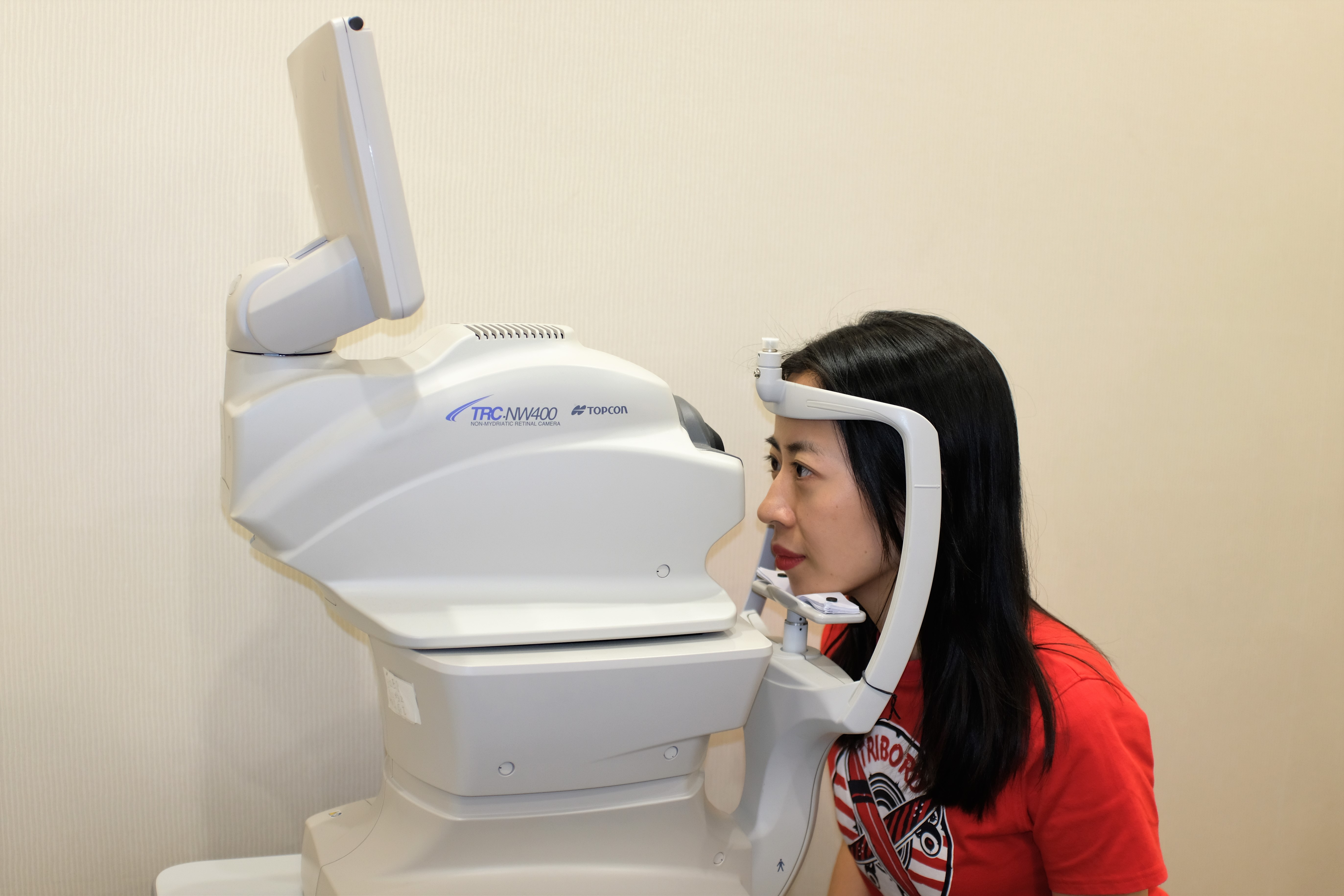
Moments later an impressively detailed diagnostic dashboard is sent to your smartphone. It rates from low to medium to high your susceptibility to a long list of diseases. If there is a problem, it urges you to seek professional medical help.
Right now, it can search for 30 diseases. More machine learning will soon boost that number to 50, and eventually, it could go beyond 200.
Zhang regards his system as a gamechanger because of its potential to deliver at scale and relieve stretched medical resources. To date, it has scanned more than 1.12 million people, mostly in China, but also in the United States, India, Britain, and parts of Africa. “Airdoc users are all over the world. We hope our deep learning technology can prevent all kinds of disease.”
China, with a population of 1.3 billion, only has about 1,100 eye doctors who are qualified to analyze retinal images. So, the challenge of providing adequate diagnostic services is truly massive – and perhaps no more so than for the epidemic of diabetes.
Authorities estimate as many as 114 million Chinese have diabetes – but only 30 percent of them know that. The other 70 percent are unaware and, without early detection, will eventually be struck down with serious maladies, like blindness, strokes and other potentially fatal conditions.
“Diabetic retinopathy, or DR, is one of the most common and serious complications of diabetes. Once patients feel symptoms, they are already in a severe stage of DR and will go blind without proper treatment,” says Dr. Rui Li Wei (pictured in top image) of Shanghai’s Changzheng Hospital, one of several major medical institutions that now routinely uses Airdoc’s technology as a quick, accurate, and simple diagnostic tool.
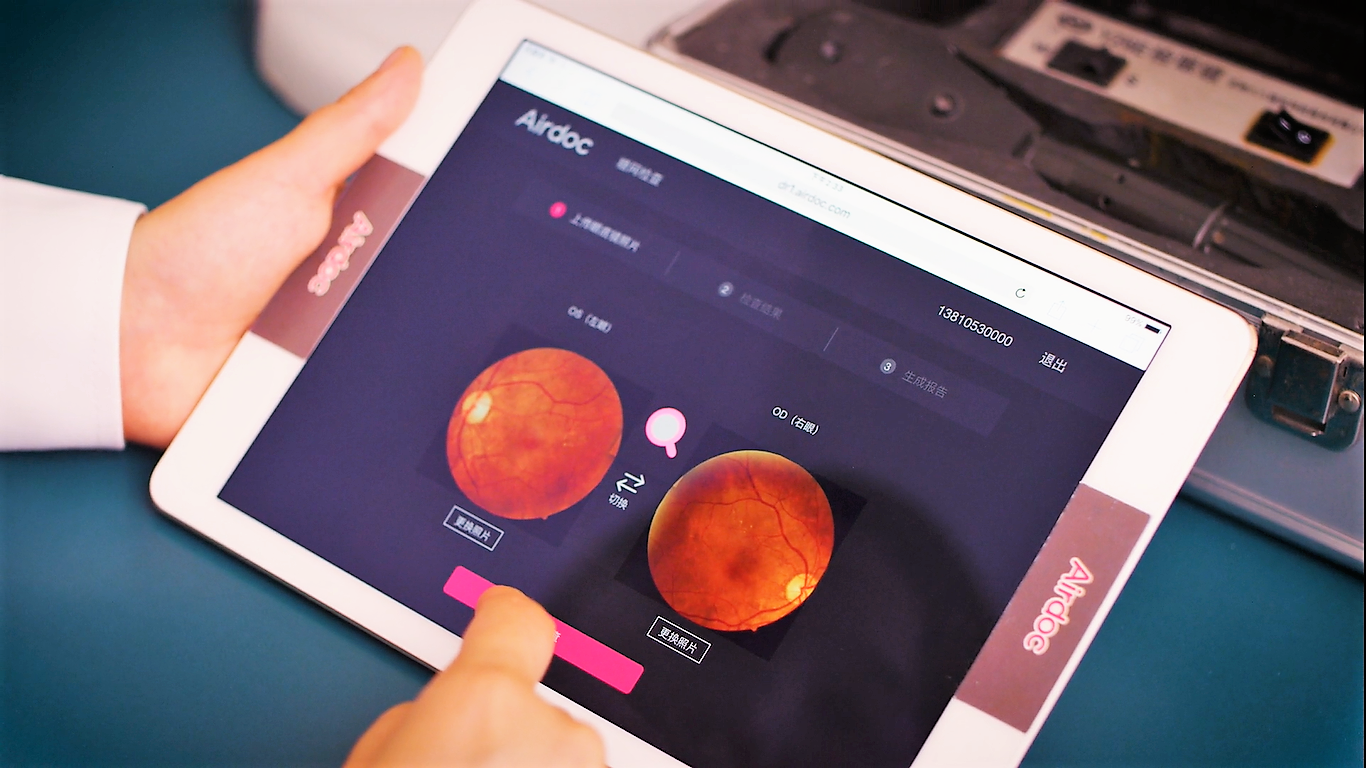
By taking on the time consuming and laborious task of reading scans, physicians can more easily identify and prioritize patients with serious problems. “It frees up a doctor’s time to work with more severe cases,” Zhang says.
Meanwhile, Airdoc is looking at new ways to widen its reach. A major Chinese optical retail chain has recently installed its machines in 200 stores so that when customers come in for an eye check or to buy glasses, they can also get a quick retinal scan. They hope to increase this to 1200 stores within the next three years.
Airdoc is also exploring how it can give ongoing help to patients with diabetes and other diseases. It is currently developing a visor – like those used for virtual reality games – that could regularly conduct scans and let their doctors see how their treatment is progressing.






